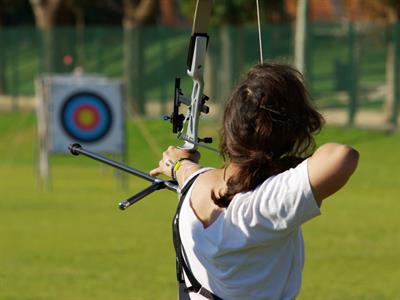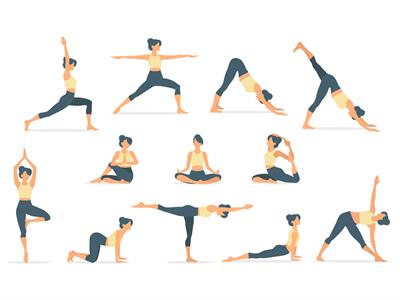PDF chapter test TRY NOW
Distinction was also drawn between Shastras (learned disciplines) and Kavyas (imaginative and creative literature). Sources of learning were drawn from various disciplines such as Itihas (history), Anviksiki (logic), Mimamsa (interpretation) Shilpashastra (architecture), Arthashastra (polity), Varta (agriculture, trade, commerce, animal husbandry) and Dhanurvidya (archery).
Physical education too was an important curricular area and pupils participated in krida (games, recreational activities), vyayamaprakara (exercises), dhanurvidya (archery) for acquiring martial skills, and yogasadhana (training the mind and body) among others. The Gurus and their pupils worked conscientiously together to become proficient in all aspects of learning.
In order to assess pupils' learning, shastrartha (learned debates) were organised. Pupils at an advanced stage of learning guided younger pupils. There also existed the system of peer learning, like you have group/peer work.
Explanation:
In today's modern higher education system, streams are classified into arts and science. Similarly, the ancient education system too had distinctions between the subjects and areas that have to be learnt in a formal way and areas that required imaginative and creative skills. For example, one has to learn formulas and equations for subjects like maths or science. One cannot twist or turn facts. Whereas in subjects in literature, there is no right or wrong. One person's interpretation of a poem can be completely different from the other person and both can still be right. The learned disciplines such as science were called the Shastras and the imaginative and creative arts were called Kavyas. Within these streams, references were taken from various sources.
Disciplines taken into consideration were mostly 'Itihas', the history which comprises mostly of facts and references to the past. Students had to know their past to develop their future. Anviksiki (Logic), which blended reasoning with logic, Mimamsa (Interpretation) which belonged to the creative spaces and provided philosophical justification to the Vedas, Shilpashastra (Architecture) which taught learners all about the designing of buildings and domes, Varta (agriculture, trade, commerce, animal husbandry) which dealt with specific skills and Dhanurvidya (archery) which focussed on strengthening physical skills. All these disciplines together contributed to holistic learning.

Archery
Physical education was given equal importance as learning skills and facts. It was again diversified into krida (games, recreational activities), where the students focused on games that kindled their mind as well as body, such as kabaddi, kho-kho etc., vyayamaprakara (exercises) which involved the students flexing their body to stay fit, Dhanurvidya (archery) as it was essential in those days as a part of self defense and yogasadhana (training the mind and body) where students would perform asanas such as suryanamaskar to cleanse themselves. The pupils would stay in gurukuls and work with their gurus (teachers) to achieve these skills. They also had collaborative learning and peer work where they would have healthy debates over various topics (shastrartha) where they would also be guided by their senior pupils.

Yoga
Words with difficult meaning:
| S.no | Words | Meaning |
1 | Interpretation | An explanation or understanding of something |
2 | Archery | The sport of shooting arrows |
3 | Polity | A form or process of civil government or constitution |
4 | Commerce | The conduct of trade among economic agents |
5 | Animal husbandry | The science of breeding and caring for farm animals |
6 | Recreational | Activity did for enjoyment when one is not working |
Reference:
National Council of Educational Research and Training (2008). It so happened. Ancient Education System of India (pp. 89-97). Published at the Publication Division by the Secretary, National Council of Educational Research and Training, Sri Aurobindo Marg, New Delhi.
